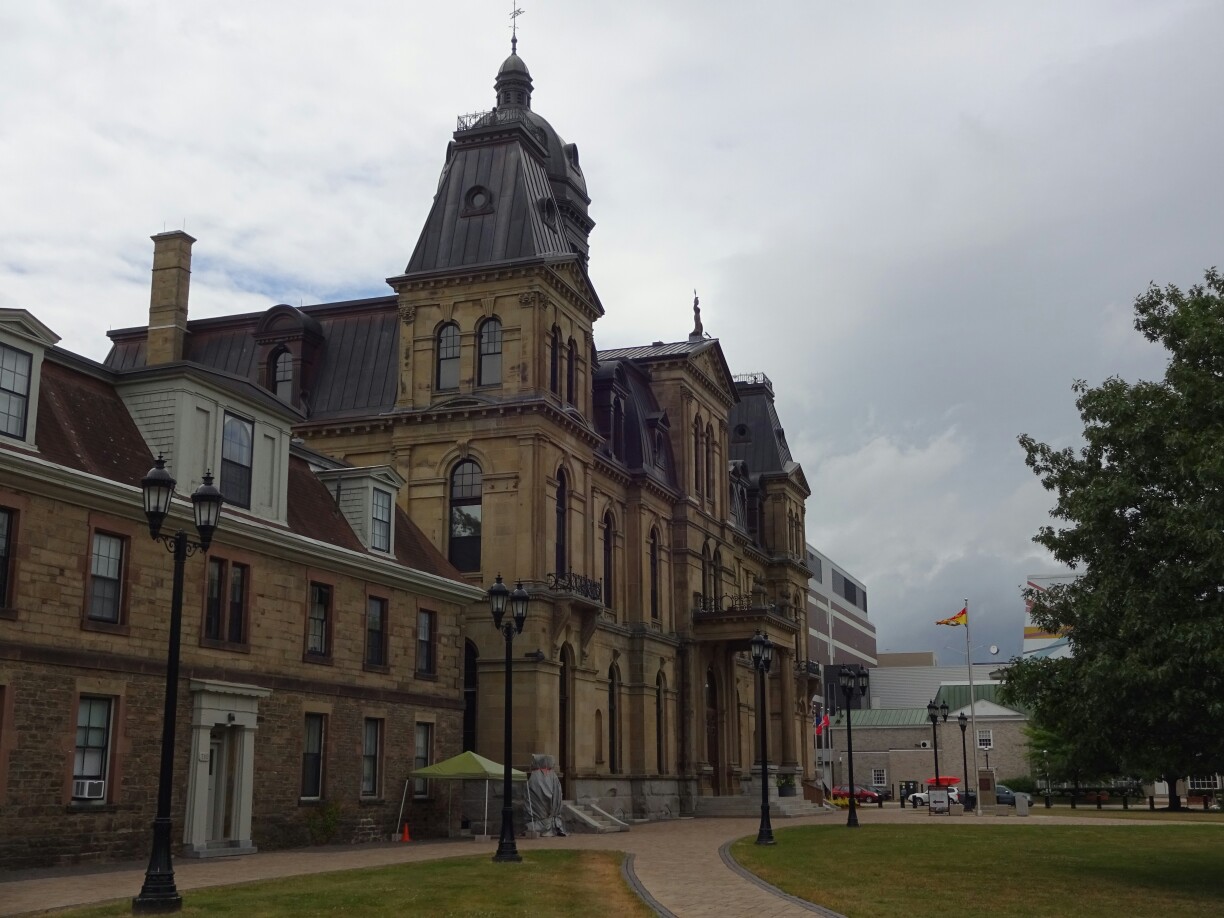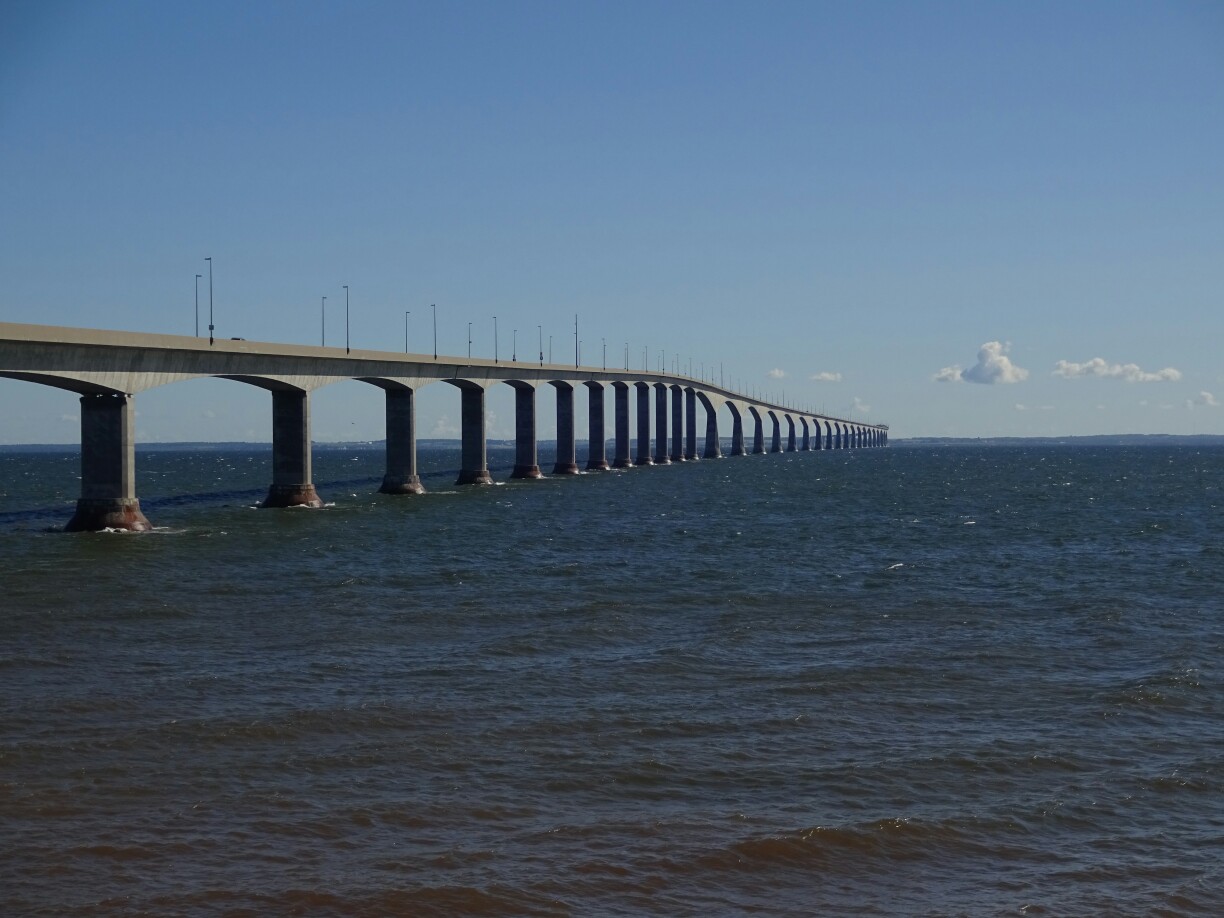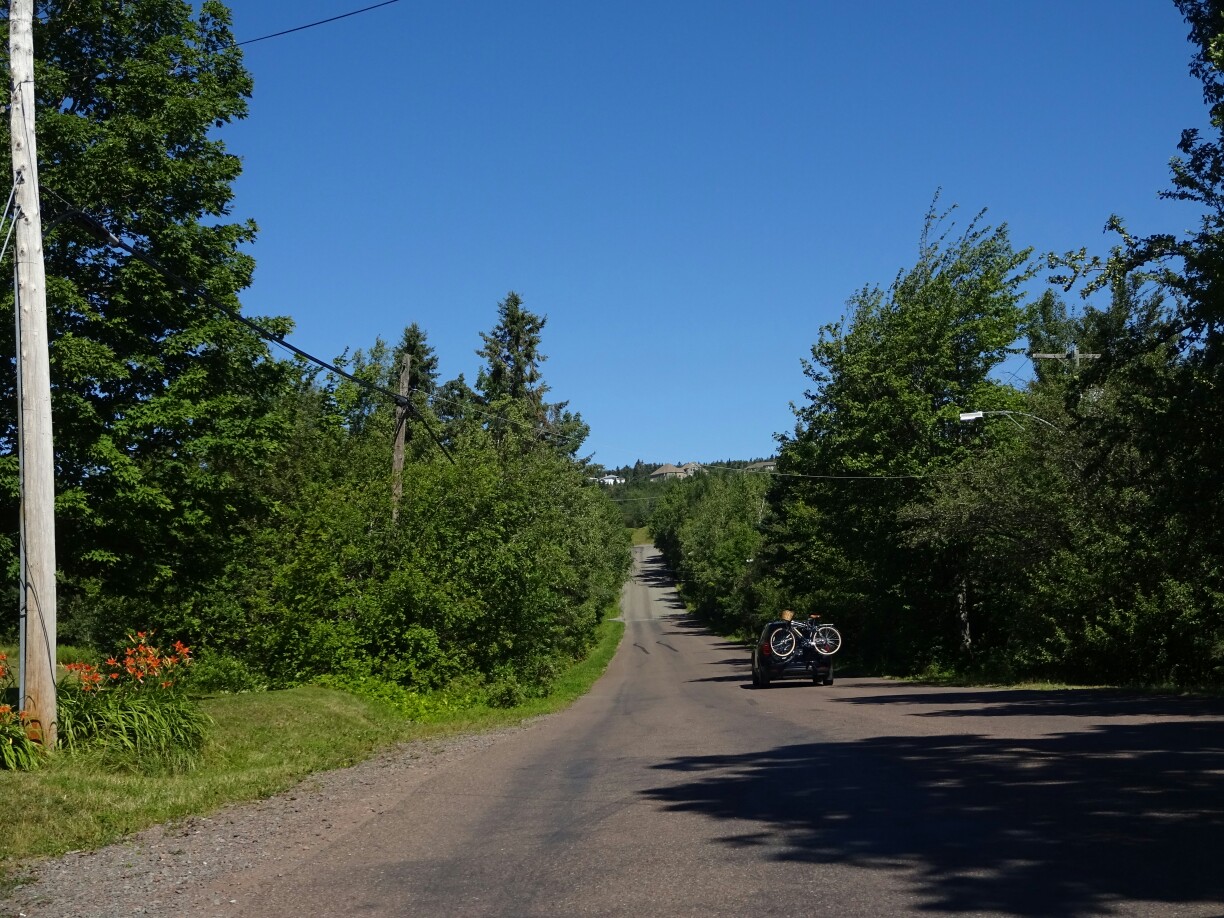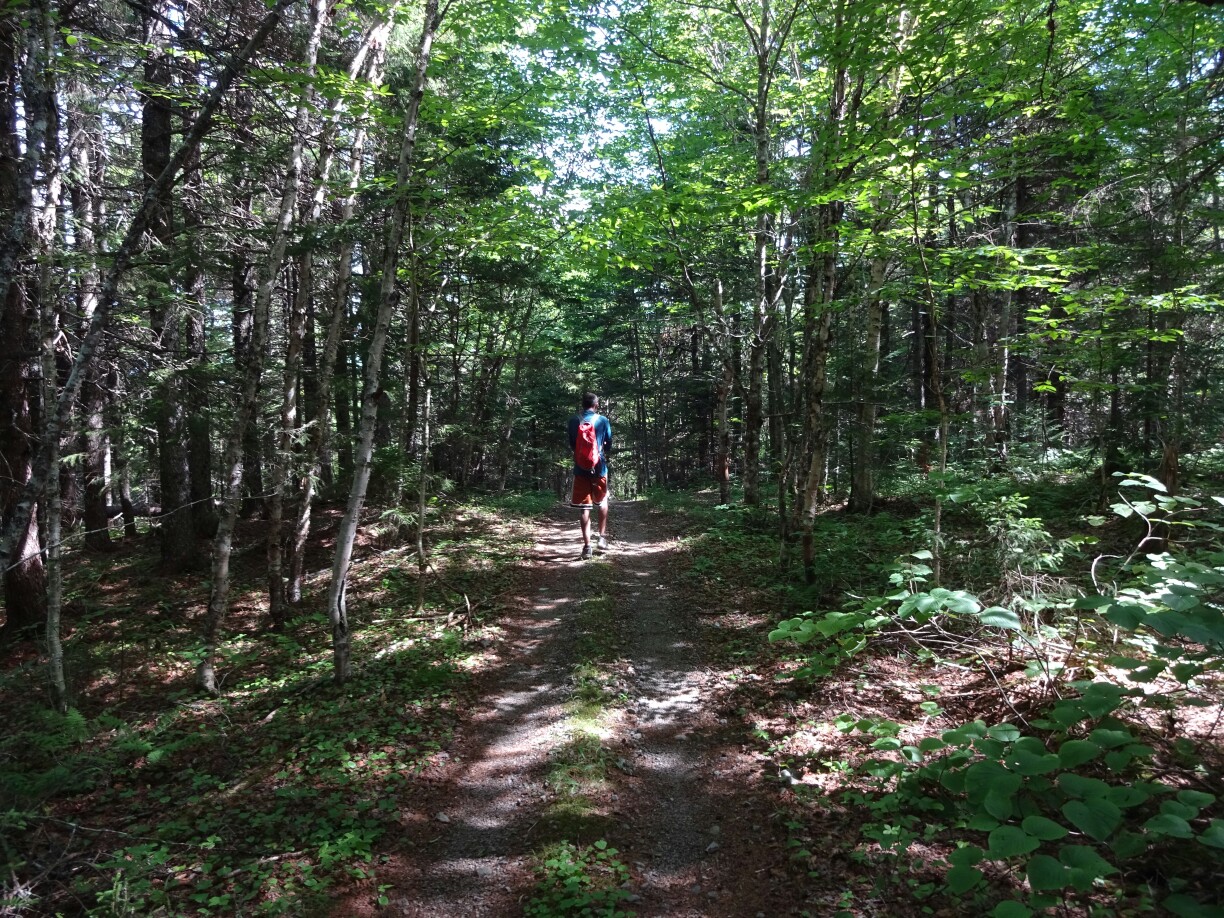After I had gathered enough energy, I continued the journey through New Brunswick on my own. For most people it’s just a “drive-through province” to get from Nova Scotia to Prince Edward Island or vice versa, but I had a few spare days to discover more. I continued along the Fundy shore until I got to St. Andrews, a small town right at the border to the US. It has several attractions to offer, one of them being the mansion of Sir William Cornelius van Horne.


In 1888, van Horne used to be responsible for building the Canadian Pacific Railway to connect the country from coast to coast. He managed to do so under time and under budget – pretty amazing for such an ambitious project! Even the queen was impressed and rewarded him with the knighthood. The house, which used to be his summer home, is located on a small island and can only be visited at low tide, when the access road is not flooded. Right next to it is a “bath house”, where he used to go bathing in his natural swimming pool.

Another attraction of St. Andrews is the “block house”, a small wooden hut that was used for defense during American civil war. Back then, Loyalists, who were still loyal to the British crown, fled from the states and sought refuge on the Canadian side of the border. There used to be several of these small towers to defend strategic places such as the harbour, but most of them did not survive the troubled times. This one almost burned down a few years ago, when someone purposely set it on fire.


After I had walked through the picturesque downtown area with the colourful wooden houses, I continued back inland. I had chosen the “Kings Landing Settlement” as my next destination. It was advertised as a historic reenactment of early days of European settlement in Canada (ca. 1820-1920). I expected something similar to “Fort Louisbourg”, just more focused on the life of the plain people. And I was not disappointed by what I found.


I followed the dirt road that led from the entrance to a small village. From time to time I had to make way for some of the horse drawn carriages that transported unwilling walkers through the area. But on foot it was easier to take a peek into the printing room, where someone was showing how the manual press worked, or talk to the villagers, who were complaining that the cows had escaped their basic non-electrical fence and had eaten half of one of the vegetable gardens.


Another building was home to the village school. One room, where about fifteen students were reciting the poems that the teacher found suitable. Next door was the general store, where the farmers would go for tools and hardware or their wives for much needed household articles. Everything was neatly furnished and decorated and the properly dressed actors completed the picture and brought you back to the times long gone.


On the way back out I talked to some other villagers, who pointed me the way to the fully functional mill right by the river. On one side was the flour mill, grinding buckwheat into flour while leaving the shells behind. These could then be recycled and used as filling for pillows. On the other side of the river was a sawmill, like it was used for turning logs into thin boards. The giant turning cogwheels made a lot of squeaking noises, but were quite impressive.


After leaving the “Kings Landing Settlement”, which probably never saw a king on its premises, I drove straight to Fredericton. Despite being the capital city of New Brunswick, it’s only the third largest city in the province, after Moncton and Saint John and has less than 60.000 inhabitants. It was named after the second son of King William III of Britain – Frederic Augustus. For me it was just a short stop on my way back to Nova Scotia.















